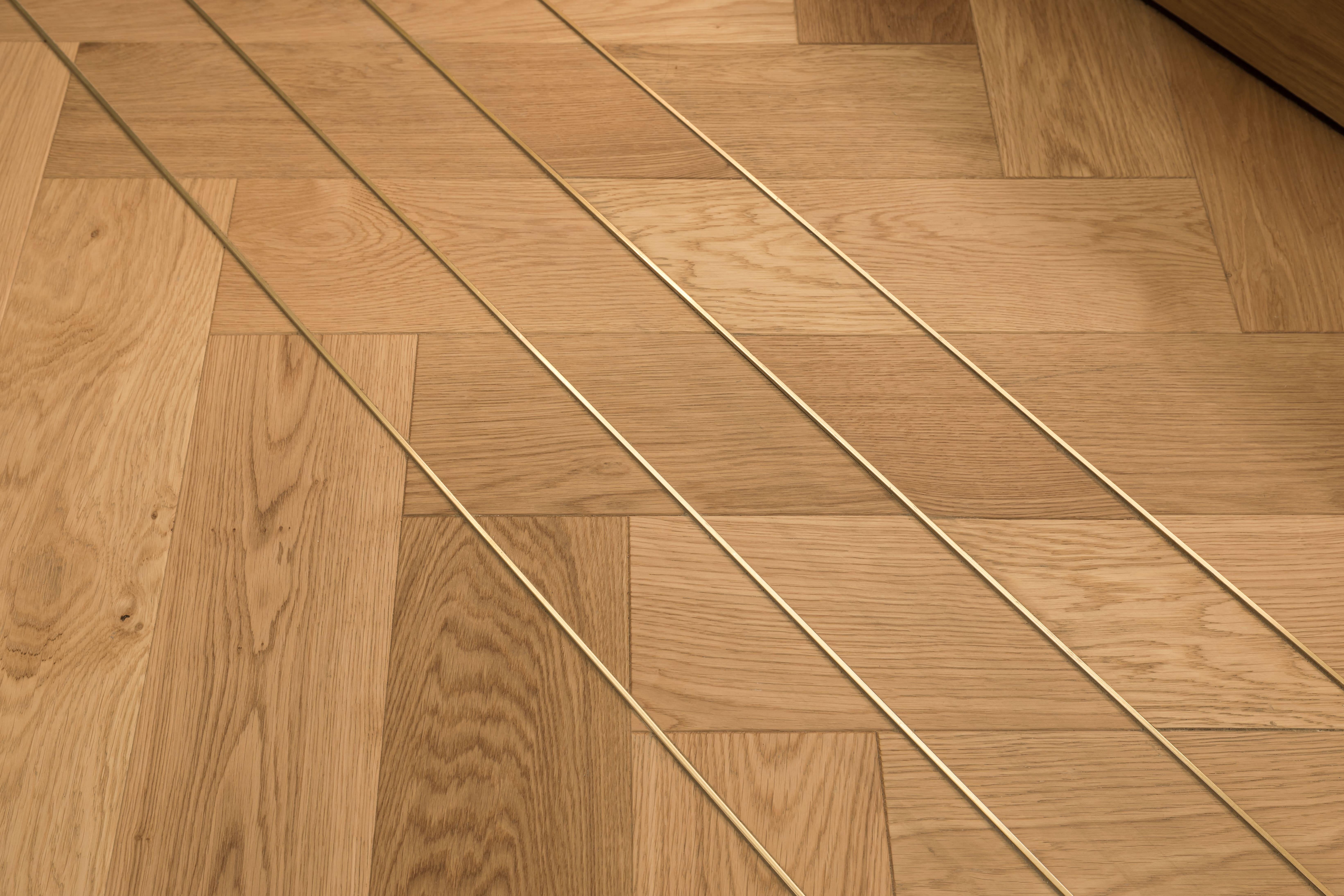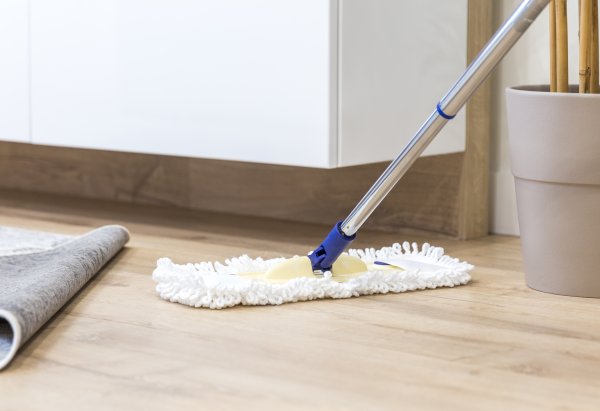
In Studio With: Buster Caldwell, Wonder.
Ponsonby, AucklandGrowing up rurally, Buster Caldwell was instilled with a distinctly hands-on approach to life:
“Resources on a farm are limited, so resourcefulness in scarcity becomes common — if you don’t have it, you figure out how to make it.”
That early sense of plucky ingenuity now underpins the creative philosophy behind Wonder, the full-service design studio he founded in 2016 . Initially set on a path toward veterinary science, Buster pivoted to Industrial Design – in his own words “never looking back”. Straight out of university, he launched into business almost by accident, having not yet even cut his teeth in another studio. It was an unconventional route, but one that allowed him to fail fast and learn quickly, and which offered the freedom to define his own way of working.
With a deep respect for local materials and craft, Buster brings a maker mentality to design — shaped by the constraints, isolation and resultant creative problem-solving that come with working from “a little island at the edge of the world.” That perspective has helped the award-winning Wonder carve out its own identity: thoughtful, expressive, and always challenging convention.
We caught up with Buster to chat about his business journey, his creative rituals, and the power of spaces that balance moments of peace with a fizzy sense of possibility.
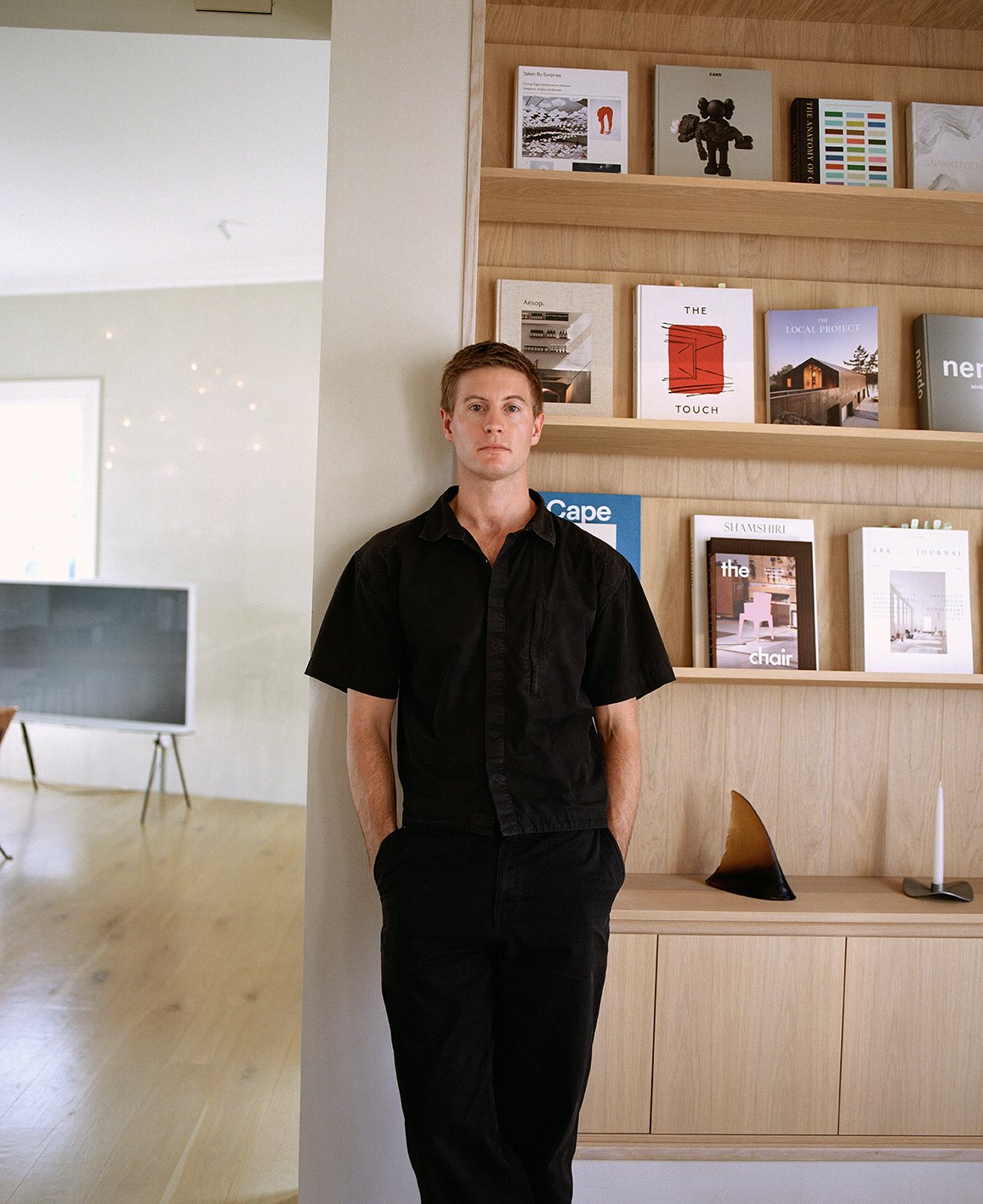
Thanks for letting us come visit your studio. This is a beautiful space and you are clearly very proud of it – can you tell us a bit more about it?
We weren’t after an office, we were looking for a home. Somewhere that could offer a moment of calm amidst the noise of our projects. A place that would soften the edges of long days and feel warm and familiar, more than just functional.
We looked for nearly two years and ended up finding this space by accident, walking back from a viewing of a completely different property. This one was still under construction, no floor doors or ceiling, just scaffolding to climb in. Everything about it felt right. I pestered the landlord for a lease that very day and signed without a lawyer’s review or any formal checks — naughty. I’ve learnt that when something feels right, you leap. Otherwise things fly by.
What I love most is the view. We sit above Ponsonby Road, looking out over Western park, with this gentle connection to the city below. This spot offers our clients a small moment of peace from their busy day and excitement for what can be, especially during an inherently stressful process.
I imagine that creating this space was a significant milestone for both you and Wonder. How has working here impacted your own creative process or the way your team functions day to day? I'm also curious - did the experience of designing it deepen your understanding of how transformative these kinds of projects can be for your clients, especially given that they often mark pivotal moments in their own businesses?
Absolutely. It was a big shift, not just practically but emotionally. It felt like Wonder grew up in the process. We’d often been labelled ‘emerging’, but this studio was our own step-change — a space that reflected the level of quality we strive to bring to our clients.
We designed it differently too; more instinctively and less formally. We got our hands dirty, built a lot ourselves or with our close knit network of makers. It was intimate, messy, shared, and very real.
There’s nothing quite like spending your own money to sharpen your decisions. We could pick and choose our battles with the budget, balancing very special pieces that were more expensive with tight rationing where less spend was required. It meant every detail was considered; we invested well in our local makers, and the final result reflects who we are in our own special world.
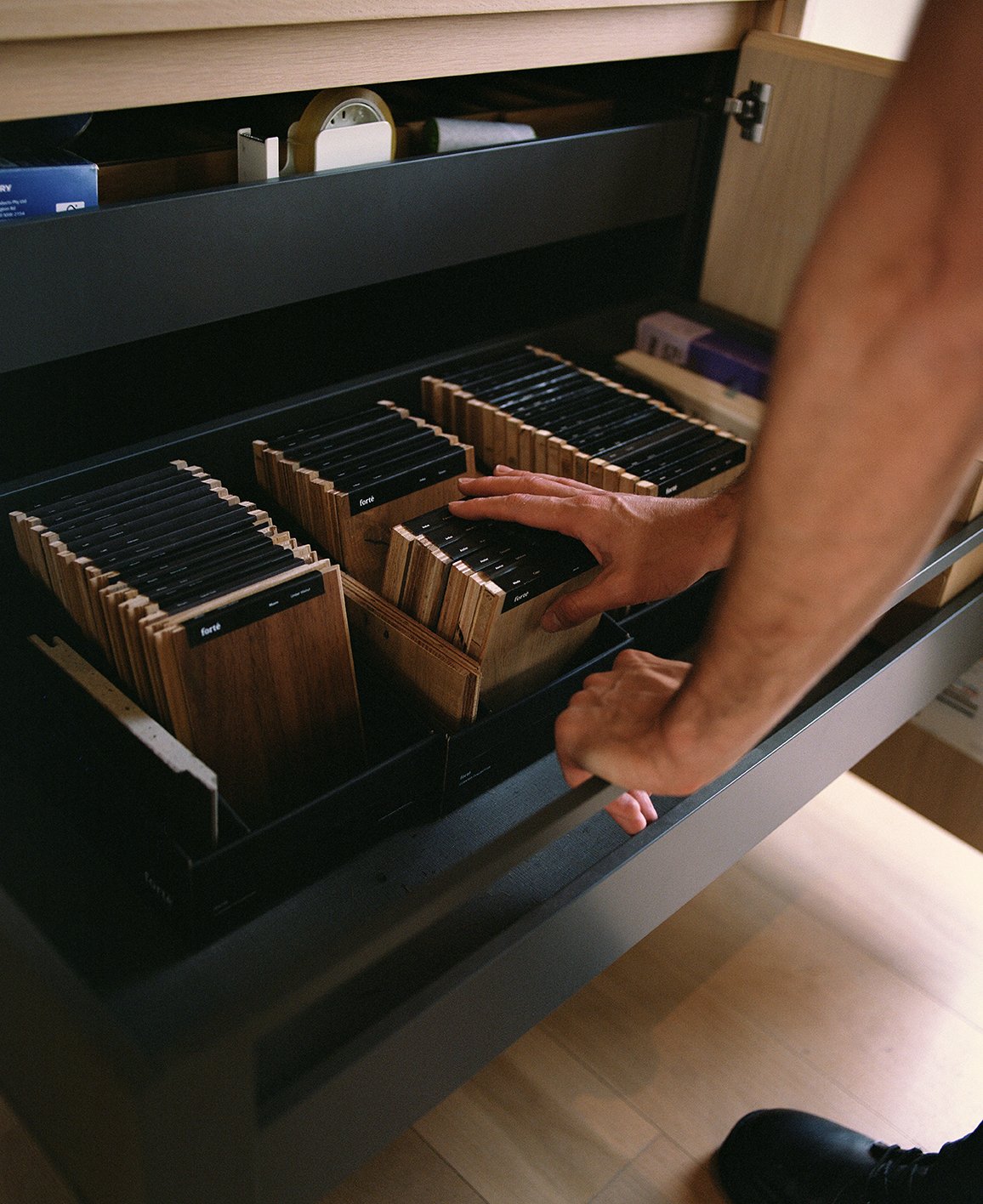
Can you chat a bit about ‘residential energy’ — bringing a more typically residential language into commercial spaces? This is something you’ve done beautifully in our Forté showrooms and it’s something you’ve pulled through into your own studio, too. What are the functional advantages of incorporating these more domestic touches?
We spend so much of our lives at work yet we often design offices without the softness or care we give our homes. I think it should be the other way around, especially to support those deeply invested in their careers. Workspaces deserve comfort.
In our studio, we swapped the boardroom for a big, generous lounge. It invites conversation over formality, removes the stiffness that comes with the boardroom table, the formal language and the closed, secretive doors. Glass partitions mean privacy isn’t really a thing - it reinforces openness and transparency within our team.
The kitchen is fully connected to our working areas. Fitted with beautiful F&P appliances and built from stone and eucalyptus, it’s become the heart of our space. We cook together, eat together. It also reminds us to host; inviting our clientele, suppliers & peers for more casual and loose social catch-ups. Everything in balance.
All the desks face the wall, so you can see what everyone’s working on. It’s subtle, but it changes everything — it encourages dialogue, curiosity, shared vibes. Our project materials live on a big leaner that runs through the middle — ideas kept in sight, samples to admire and spark new recipes.
It’s a space built to feel very special; soft, calm, and human.
There's also a great deal of restraint in the design and materiality of the space (although plenty of lovely details), was this deliberate?
Yes — completely. We’re a fairly quiet brand. We don’t shout, we don’t really market ourselves traditionally. Our projects do the talking, so there wasn’t a need to stamp our studio with a strong visual identity. We like to focus more on our work for others, less on how we position ourselves.
Instead, we wanted the space to be neutral… a quiet backdrop for the wild variety of samples and ideas that come through here. That way nothing competes.
Practically, it also gives us room to grow. As a still-young business, designing with longevity in mind was important. This way we don’t need to reinvent the wheel every few years, the space can grow with us.

What do you find more creatively exciting: a relatively open brief or one with a tricky constraint or two? Do you have a memorable example of working to one or the other?
Both have their place. Constraints can be helpful; they speed things up, reduce the decision-fatigue. But open briefs allow room for unexpected moments and wilder ideas.
Forté Auckland was a wide-open brief — such a gift. We had full trust from the client, which meant we could explore some fairly unconventional ideas, things you wouldn’t expect in a flooring showroom. Because of that, it became a space that excites both architects and homeowners alike, with many interesting moments to discover.
On the flip side, we had a similar project that was to a tight brief. A lot of established systems, internal processes, knowledge of how the client's retail environments must function. We had less freedom to redefine, but it meant we zoomed in, finding beauty in refining even the tiniest of details.
What’s your process for selecting materials and textures? The balance of insight vs instinct?
It usually starts with purpose. What is this material being asked to do? How much of the budget bucket can we reasonably allocate? What does it need to withstand?
From there, we begin the tightening. We always talk about materials like characters — some are the showy, attention-seeking peacock. Others are quieter, behind-the-scenes field mice. It’s all about balance. Knowing when to let something sing and what moments must fall softly in the background.
Our designers are ultimately the best at curating this balance, they are closer to the project than anyone — including myself and our clients — as they breath every little detail day in/day out.
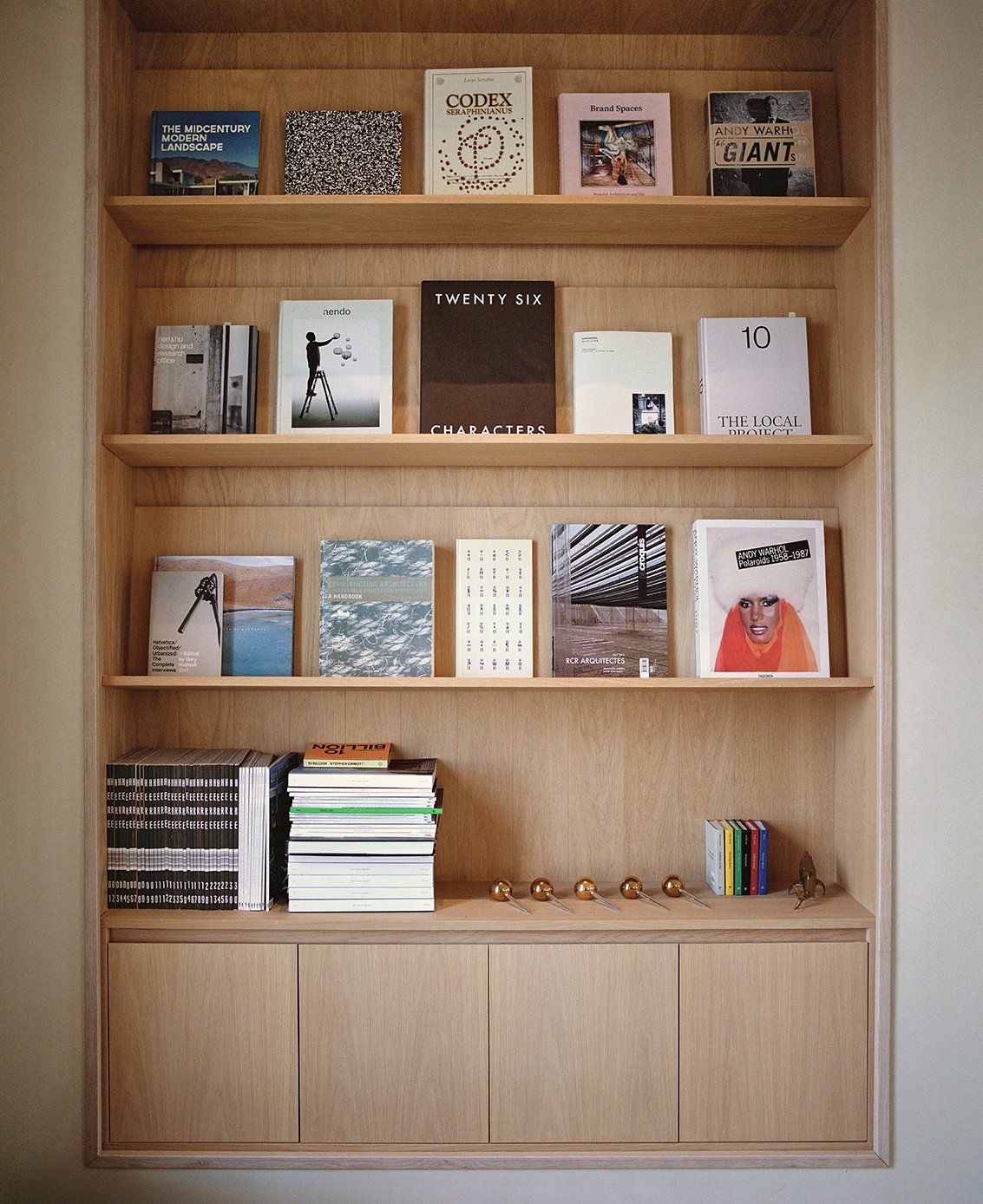
One of the first things you did when we arrived was turn on some music... do you have any rituals or routines that help you get into a creative mindset?
I’m most creative after hours, with the current pace of the studio. The working day is usually spent being the guardian of projects with our team, or else deep in the mechanics of business. Evenings, weekends, time away - that’s when the ideas seem to have better space to form.
Music is also an essential, silence in the studio is deafening. It’s on from the moment we walk in. As is scent - candles, incense, a diffuser. There’s always coffee brewing and a bottomless stash of chocolate. Small comforts, but things that keeps us in tune and relaxed. Work can be both fast paced and stress inducing, so we must find ways to relieve the high energy.
What have been some of the unique challenges and advantages of striking out on your own from the get-go?
Honestly, it’s all felt like a challenge. Every hard lesson has come with some kind of high, and every win has usually arrived off the back of a steep learning curve. For me, the only way to truly learn was by doing, and that meant making more than a few mistakes, some fairly big. But over time, I’ve become more confident at reading the signs, course-correcting, firefighting with humility and learning quickly.
There’ve been moments I’ve craved more structure, more formal guidance, but in reflection our clients have been some of our greatest teachers. Each one brings a different lens, a depth of knowledge that we’re lucky to absorb just by working closely with them.
Starting your own thing isn’t for everyone. You have to get comfortable with pressure, with uncertainty, with being the one who steps into the fire when things go wrong. I didn’t come from money and we’ve never had external investment which has meant we’ve had to keep things lean, disciplined, and incredibly considered. But that’s also been an unexpected strength. In recent years, when many others have struggled through tough economic conditions, we’ve found that our systems were already built to weather scarcity — and in that way, the constraint became its own kind of freedom.

What drew you to designing commercial spaces in particular?
It wasn’t intentional! I think I was drawn to the challenge and maybe to the pace. Commercial projects move fast and that suits me. I love the process of making, I love the clients we work with, and I love being a small part of a bigger story — helping local brands grow and flex through the built environment.
There’s often more bravery in commercial work.. a desire to make a statement, to build something potent and powerful. I like that.
We’ve mostly focused on commercial, but residential is starting to emerge, especially with clients whose values align closely with ours. That space may grow for us in time, but I tend to enjoy organic development over forced change.
How do you see, or hope to see, your creative process evolving over the next few years?
I’d love to see our studio keep expanding in diversity; across scale, location, typology. I want to see our team keep stretching, gaining our own confidence and skills to handle even more ambitious projects.
We’re building stronger relationships with our makers and suppliers too, even stepping into furniture and product development as partners-in-crime. That’s definitely a growing focus.
I hope we keep growing with our very special clients, and them with us. That’s really all of it.
.
